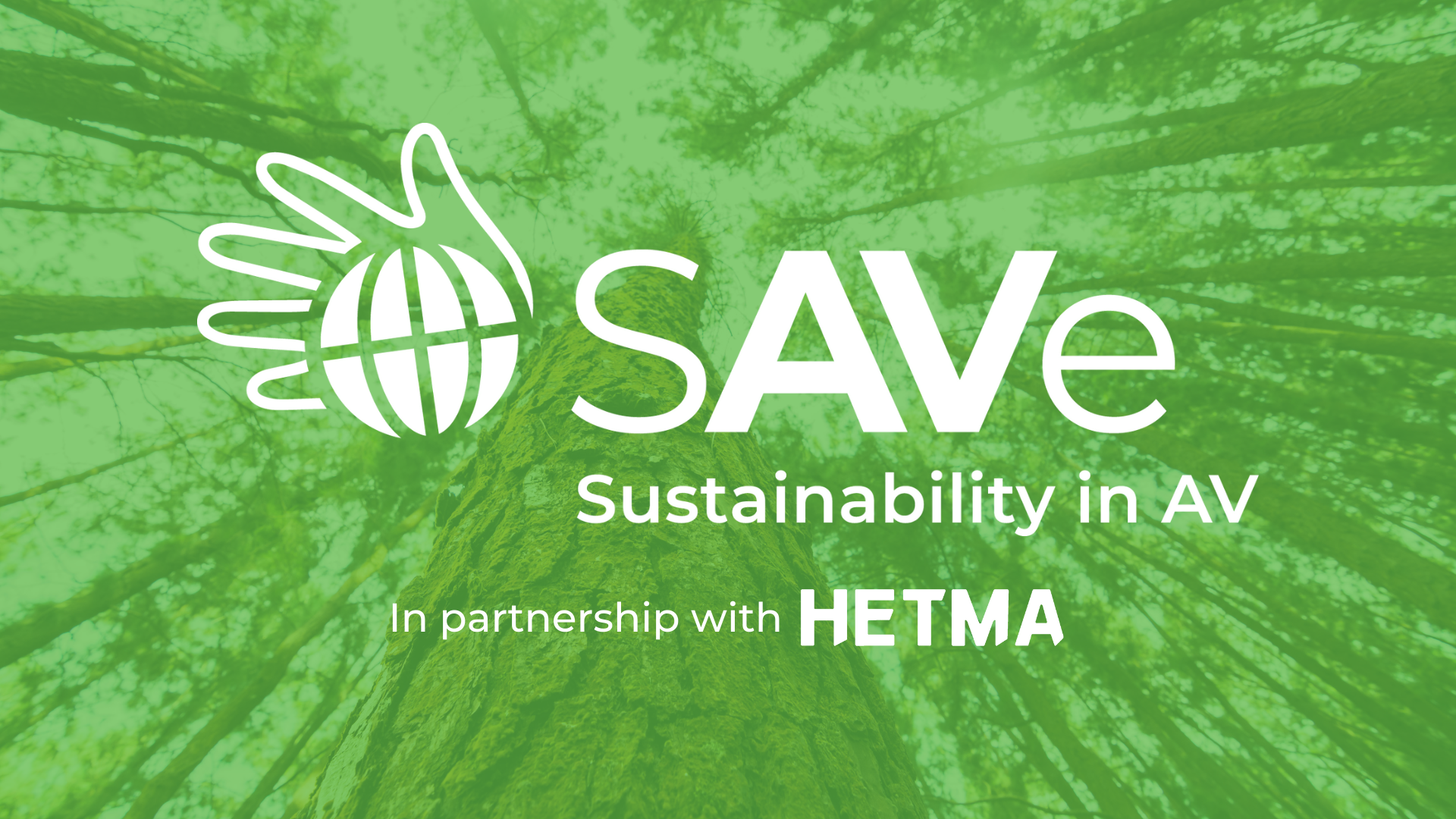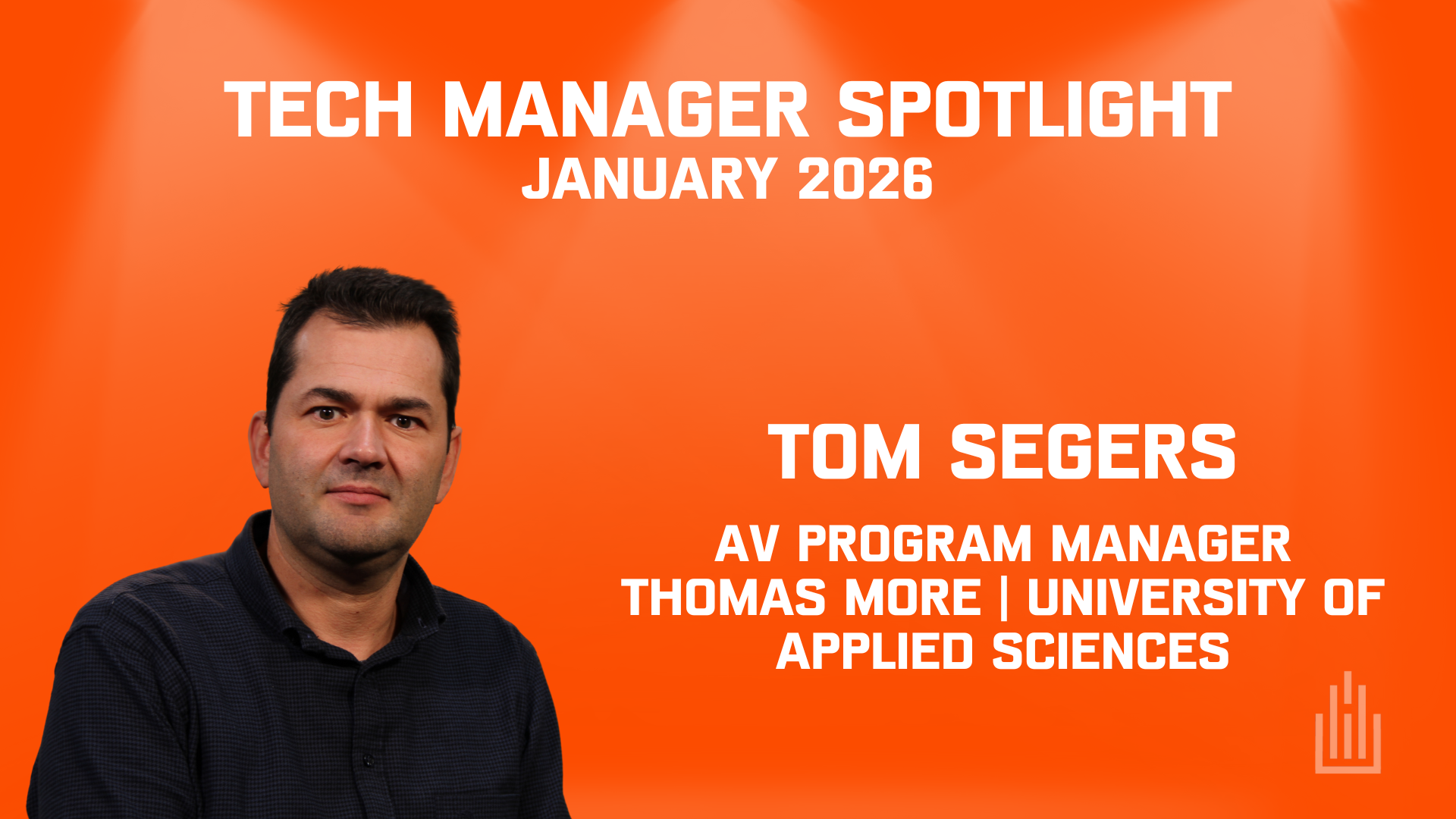Change is Good, Unless It Ends Up in the Atlantic
By John Thomas
October 13, 2023
A decade ago, the “Analog Sunset,” was adopted by manufacturers, and digital AV technology “officially” replaced analog systems. Wide screen TVs began to replace the old (almost) square tubes – then LCD’s replaced CRT’s. HDMI connections eliminated separate audio and video cables. Signals became encrypted to protect content, and Internet protocol changed how we distributed programs, all of which took new technology and equipment. Everything had to be redesigned and manufactured to digital standards.
So, what happened to all those millions of analog monitors, connectors, cables, DA’s, power supplies, amps, and mixers? In 2019 alone, global electronic waste exceeded 59 million metric tons – and by 2030, it is projected to reach 90 million. How much of that is from the commercial AV industry? We don’t know. Our profession compiles no records for the disposal of obsolete commercial AV technology.
The commercial audio-visual business relies on technology obsolescence and replacement for a large part of its revenue, which results in a substantial volume of discarded, end-of-life products. Research shows a direct relationship between the replacement of outdated electronics and the amount of e-waste it generates. In a review of commercial AV standards, there are no industry recommendations or practices concerning AV electronics disposal or recycling, nor guidance by manufacturers for responsible disposal of their products.
It’s not just us
Commercial AV electronic waste is one ingredient in the stew of millions of other obsolete electronic components. Less than 20% of all global e-waste was documented to be collected and properly recycled. We have no idea where the remaining 80 percent went, though it is suspected that a lot of it was dumped or sent overseas.










